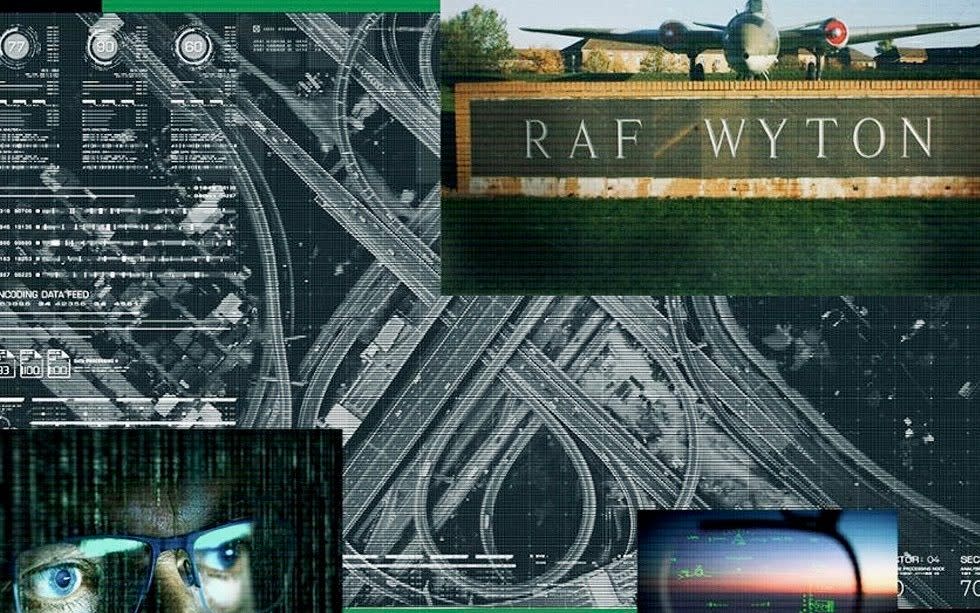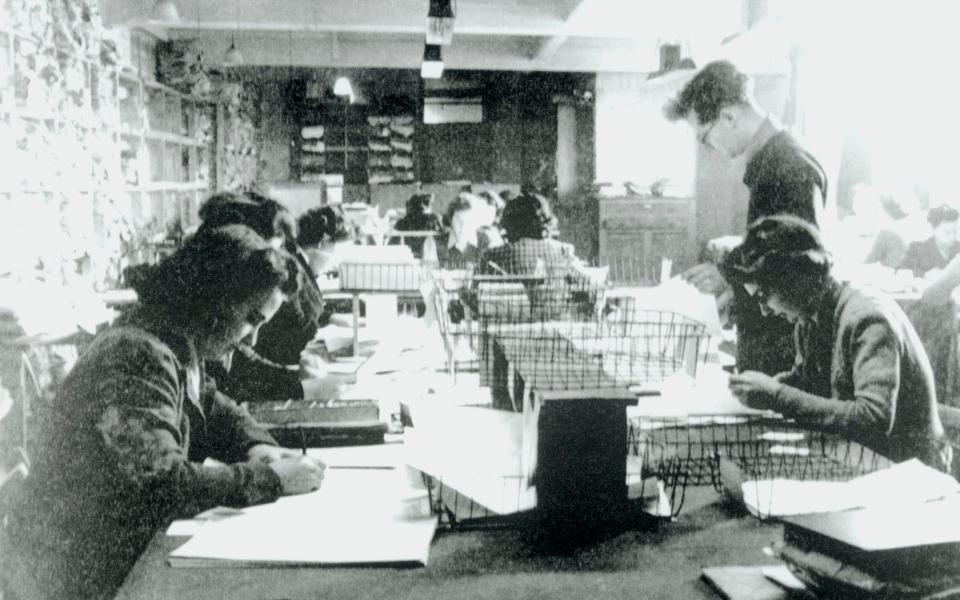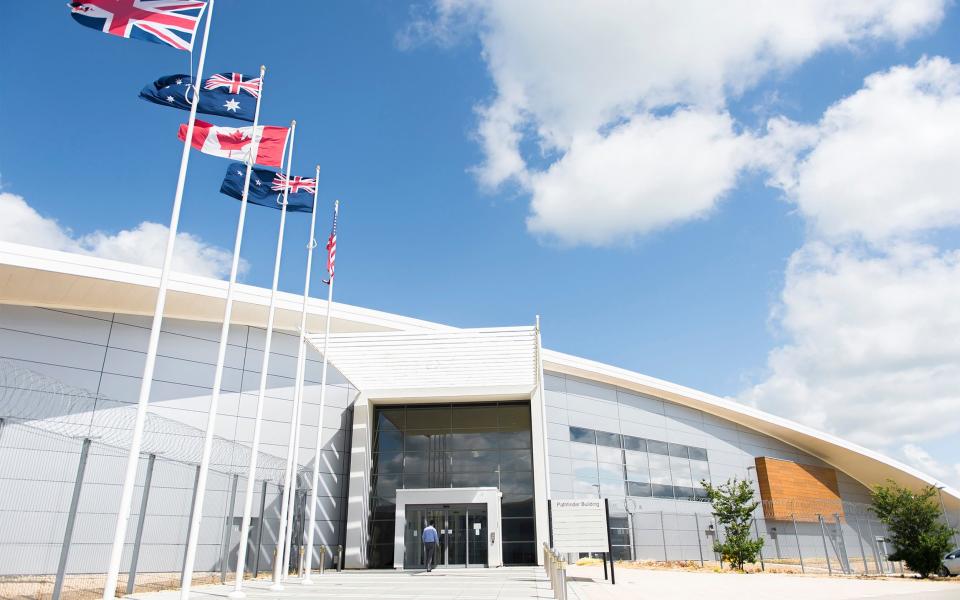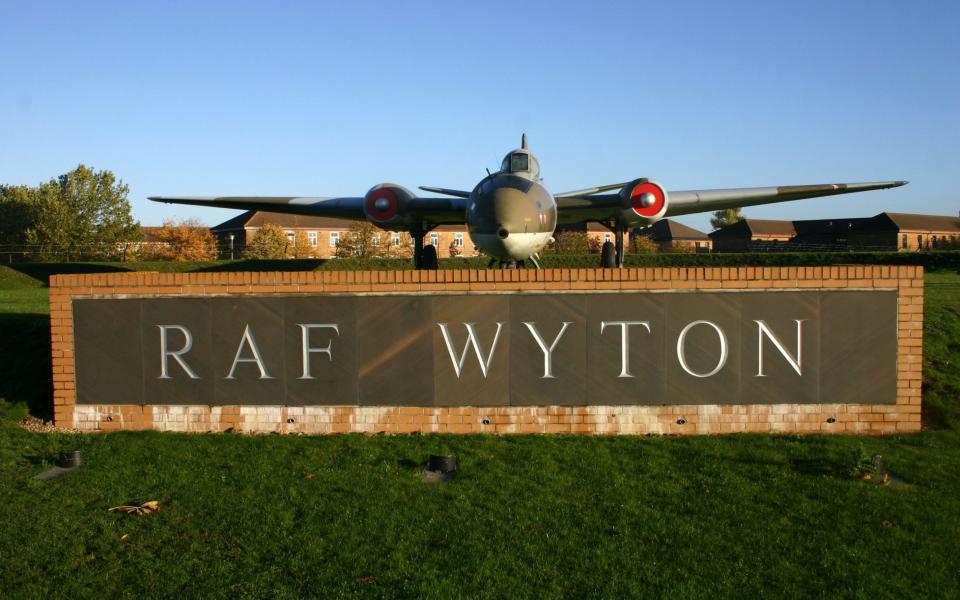RAF Wyton: Inside the ‘jewel in the crown of British Defence Intelligence’

In 1941, prime minister Winston Churchill visited the Government Code and Cypher School, the secret code-breaking centre at Bletchley Park in Buckinghamshire.
He gave an impromptu speech to some of the staff who would soon crack the German Enigma code and who he called “the geese who laid the golden egg and never cackled”.
“You all look very innocent,” he told them. “One would not think you are involved in anything secret.”

Similar sentiments could be expressed today by any politician visiting the Pathfinder building in RAF Wyton, Cambridgeshire, described as “the jewel in the crown of British Defence Intelligence”.
In fact, this large unassuming building, with a sloped roof covered in muddy turf (to help the environment, not hide from Russian satellites (“they probably had the plans to this place before we started building it,” one staff member tuts) plays a critical role in the work of the 5-Eyes intelligence alliance of the UK, US, Australia, Canada and New Zealand.
Inside the huge open-plan building, with the ever-present soft hiss of “pink noise” to dampen sound and prevent a cacophony of voices, British military personnel from all three services plus civil servants mix – and, crucially, share intelligence – with foreign colleagues from across the alliance.
In the rather clunky view of one UK defence official, Pathfinder is “the largest Top Secret, 5-Eyes by design, military intelligence fusion and assessment facility in the world”.
Sharing secrets with friends, especially when trying to combat spies from Russia, China, Iran and elsewhere, may sound obvious. But be under no illusion. When Pathfinder opened it was an unprecedented vote of trust in the alliance and the hundreds of people working behind the secret screens.
There is an urgent and growing need for such trust. “This is the most dangerous time in my 40-year career,” one UK defence official says.

As technical specialists in one part of the building pull apart a Russian Orlan-10 reconnaissance drone and an Iranian Shahed-131 attack drone that had somehow “found” their way to Cambridgeshire from the battlefields of Ukraine, other experts from the Joint Cyber & Electromagnetic Activities Group try to decipher hitherto unseen radio signals picked up off the coast of Yemen, to determine whether they are harmless, or a potential threat such as a new Houthi radar to direct anti-ship missiles.
“If you’re on HMS Diamond in the Red Sea, you want to be able to characterise the threat you’re coming up against,” a UK defence official says. “It sounds arcane, but without it you can’t fly, you can’t sail, you can’t operate. The timescale [of investigating new signals] has moved from days to hours. It is increasingly moving to minutes as radars are updating so rapidly.”
The likely capabilities of Chinese DF-17 hypersonic missiles are examined in another part of the building as “speed is the new stealth”.
China is developing hypersonic missiles – those that are self-propelled and can manoeuvre in the Earth’s atmosphere above Mach 5 (“they’re more than just something that falls fast”) – specifically to threaten US aircraft carriers, all with a view to potential future conflict over Taiwan. Beijing is thought to have the edge in this particular technology, being able to source more easily materials able to withstand the extreme heat such speed brings.
“Countering the system is better than countering the weapon,” one UK defence official says. “Once launched, it’s a problem.”
The Ministry of Defence’s Defence Intelligence department has a team of security-cleared psychologists examining the adversary and trying to understand their motivations, but they are also looking critically at the MoD’s own intelligence analysts to guard against groupthink or other common human errors.
In particular, staff are trained to watch out for “availability bias” when an intelligence assessment is made not on the strengths of the evidence, but on what information has been available for the analyst to use.

Another fault that sometimes creeps in is “confirmation bias” whereby an analyst might be tempted to select information, upon which to base an assessment, that fits a predetermined narrative.
Could another “dodgy dossier” be constructed, as was used to justify the 2003 invasion of Iraq? “The turnover of decision makers is always an issue,” a UK defence official says, “but you have to educate those in senior appointments. There needs to be some humility in the intelligence world. We don’t know everything but we hedge by increasing professionalism.”
Every day, the 4,500 people in the MoD’s Defence Intelligence department – of which the muddy-roofed building in Cambridgeshire is just one cog – run intelligence operations alongside international colleagues to counter threats from abroad. Officials are clear-eyed about the need: to help tackle today’s crises as much as providing foresight into tomorrow’s.
“There’s a storm right now in the Middle East,” one UK defence official says, “and a hurricane in Ukraine.”
“China, however, is climate change.”

